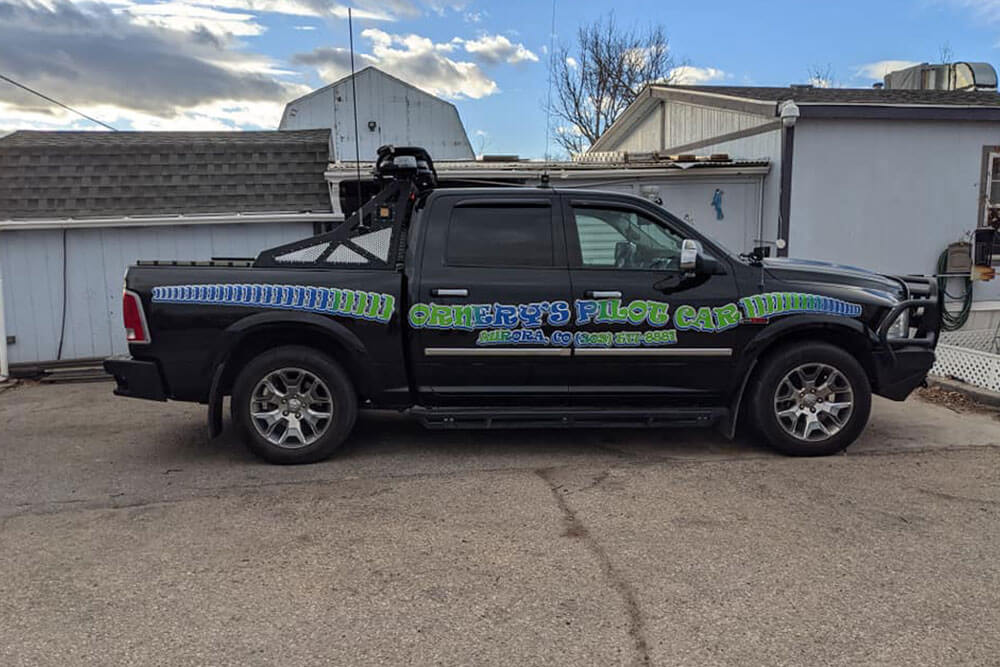As the fall season approaches, it becomes crucial for pilot car drivers in the United States and Canada to prioritize vehicle maintenance to ensure safe and efficient operations. Pilot cars play a vital role in escorting oversized loads and ensuring the safety of both the cargo being transported and other road users. In this article, we will discuss the importance of vehicle maintenance for pilot cars this fall and provide some essential tips to keep these vehicles in top condition.
Why Vehicle Maintenance is Crucial for Pilot Cars
1. Safety on the Road
Ensuring the safety of the pilot car driver, the cargo being transported, and other motorists on the road is the primary reason why vehicle maintenance is crucial. Well-maintained pilot cars are less likely to experience breakdowns or mechanical failures that could jeopardize safety during escort missions.
2. Reliability and Efficiency
Regular maintenance helps keep pilot cars running smoothly and efficiently. A breakdown or unexpected maintenance issue can cause delays in transporting oversized loads, leading to increased costs and potential penalties for failing to meet delivery deadlines.
3. Compliance with Regulations
Pilot cars are subject to regulations that require them to be in good working condition before escorting oversized loads. Failure to comply with these regulations can result in fines and legal repercussions. By maintaining their vehicles properly, pilot car drivers can ensure compliance with relevant laws and regulations.
Essential Vehicle Maintenance Tips for Fall
1. Check the Tires
Inspecting the tires for wear and tear, proper inflation, and alignment is essential for the safety and performance of pilot cars. As the fall season brings changing weather conditions, ensuring that the tires are in good condition becomes even more critical.
2. Replace Fluids and Filters
Regularly replacing fluids such as oil, transmission fluid, brake fluid, and coolant, as well as air filters, helps keep the engine running smoothly and prevents overheating or mechanical issues. Fall is a good time to perform these maintenance tasks to prepare the vehicle for colder temperatures.
3. Inspect the Brakes
Brakes are one of the most critical safety components of any vehicle. Regular brake inspections and maintenance are essential for ensuring the pilot car can safely slow down or stop when needed, especially when escorting oversized loads on different terrains.
4. Check Lights and Signals
Properly functioning lights and signals are vital for alerting other motorists of the presence of an oversized load and indicating upcoming maneuvers. Regularly check all lights, including headlights, taillights, brake lights, and turn signals, to ensure they are working correctly.
5. Perform Regular Maintenance Checks
In addition to the above tips, pilot car drivers should follow the manufacturer’s recommended maintenance schedule for their vehicles. This may include scheduled tune-ups, inspections, and part replacements to keep the vehicle in optimal condition throughout the fall season.
Final Thoughts
Vehicle maintenance is a critical aspect of ensuring the safety, reliability, and efficiency of pilot cars during the fall season in the United States and Canada. By following the essential maintenance tips outlined in this article and prioritizing regular inspections and repairs, pilot car drivers can minimize the risk of breakdowns and accidents, ultimately contributing to a safer transportation environment for oversized loads. Remember, a well-maintained pilot car is not only a legal requirement but also a fundamental element in upholding the standards of professionalism and safety in the industry.

